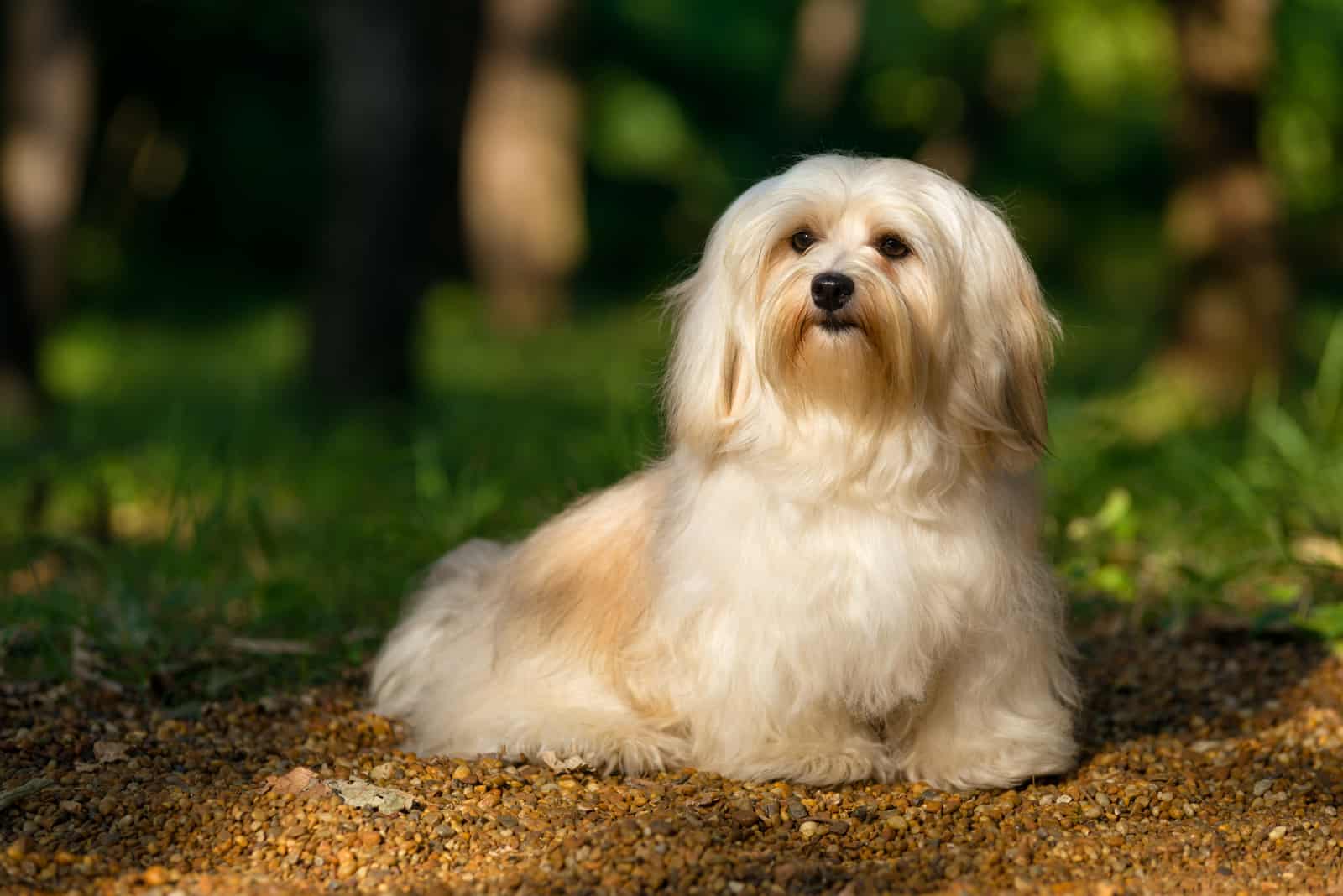If you are a dog owner, you might be familiar with your furry companion going through her heat cycle. But, what happens when your dog is in heat but isn’t bleeding?
This common occurrence can be confusing and worrying for many dog parents. Don’t worry, we’re here to explain what’s going on!
In this article, we will dig deeper into why your dog might not be bleeding during her heat cycle and what you can expect.
Should I Be Worried If My Dog Is In Heat But Isn’t Bleeding?

Did you know that not all female dogs bleed during their heat cycle? In fact, approximately 30% of dogs don’t show visible signs of bleeding during heat, and this is entirely normal.
So, you should not stress about it too much.
At What Stage Of Heat Does A Dog Bleed?
A female dog typically begins to bleed during the proestrus stage of her heat cycle, which is the first stage of the cycle.
During this stage, her ovaries begin to produce the estrogen hormone, which is in charge of thickening the lining of the uterus.
The higher the estrogen levels, the more dilated blood vessels in the vagina are, which results in a bloody discharge.
How Can You Tell If A Dog Is In Heat Without Blood?
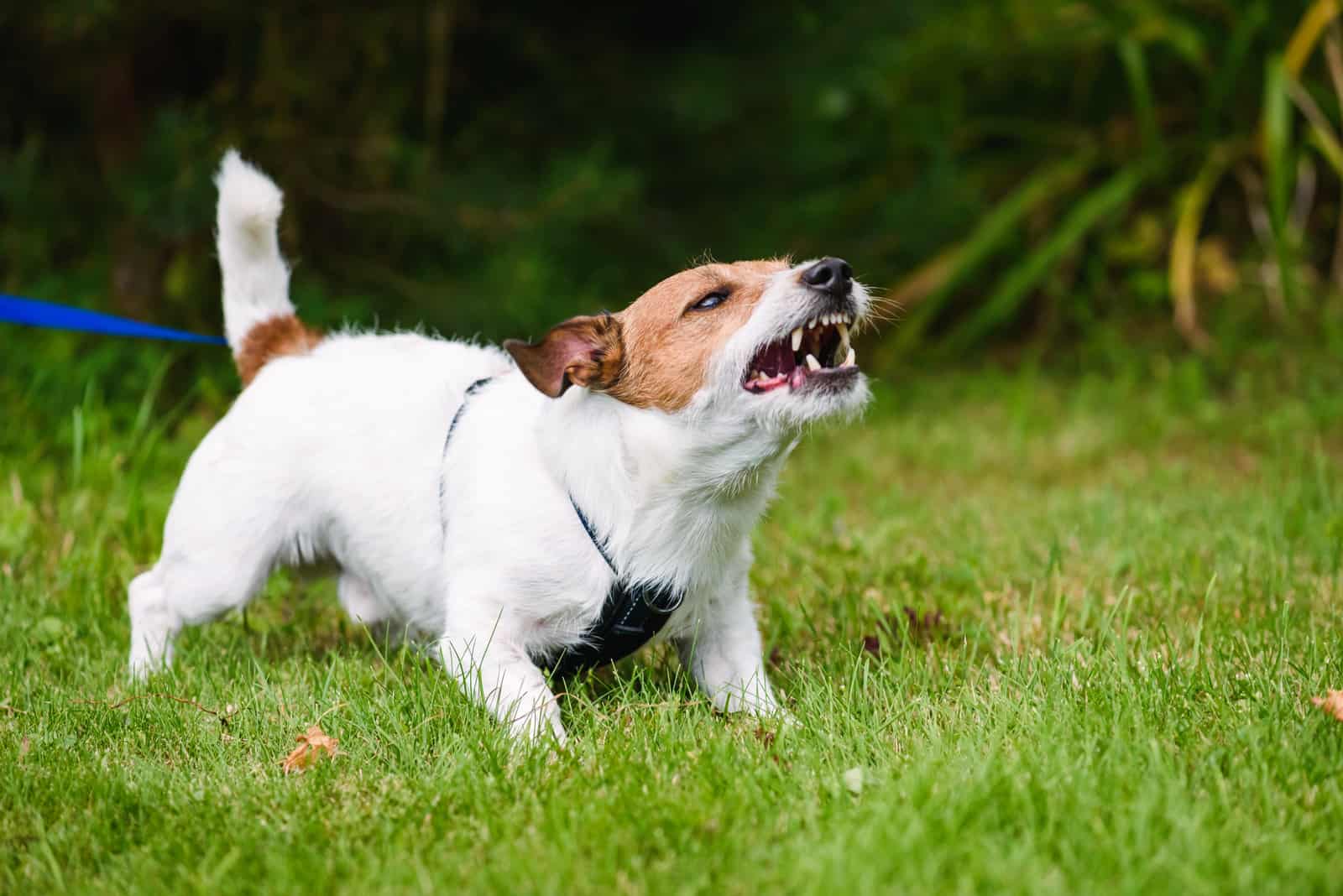
Even if a female dog isn’t bleeding during her heat cycle, there are still some signs you can watch out for to determine if she’s in heat:
- Raised tail position
- Swollen vulva
- Frequent licking of genital area
- Feeling irritable
- Attention-seeking
- Roaming
- Restlessness
- Attracting male dogs
Keep in mind that not all female pooches will display the same signs and symptoms during heat cycles – some may be more subtle, whereas some may act very weird.
How Long Can A Dog Be In Heat Without Bleeding?
The female dog heat (with or without bleeding) usually lasts for 2 to 4 weeks, but some sassy pups might be feeling frisky for even longer.
When the dog is in heat but isn’t bleeding, we often refer to this as the “silent heat”.
What Is Silent Heat In Dogs?

In silent heat, the female dog experiences the same stages as those in a regular heat cycle.
Don’t let this confuse you, she is still ovulating but without any of the usual signs of heat, like a swollen vulva or bloody discharge. Her behavior may also remain unchanged, and she may exhibit no signs of interest in male dogs.
She may still be receptive and can still get pregnant and make some cute puppies.
Trying to figure out the precise stage of a female dog’s heat cycle during a silent heat can be quite the puzzle!
Therefore, it is important to take necessary precautions to prevent unwanted pregnancies during this time.
Is Silent Heat In Dogs Normal?
Silent heat is a relatively rare and normal condition.
It can occur in any breed of dog, but it is more commonly reported in certain breeds, such as the Basenji, Afghan Hound, and Shetland Sheepdog.
However, silent heat can sometimes be a sign of underlying health conditions such as tumors and autoimmune diseases.
Primary Persistent Anestrus
If a female pooch hits the two-year mark without going through an estrous cycle, then this is what we call “primary persistent anestrus.”
Don’t let this worry you because it usually means your female pup needs a little extra time to grow and mature before she’s ready to mate.
There can be several other underlying reasons such as bad genetics, not getting enough nutrients, working out too hard, or taking some meds that mess with their fertility.
Secondary Persistent Anestrus
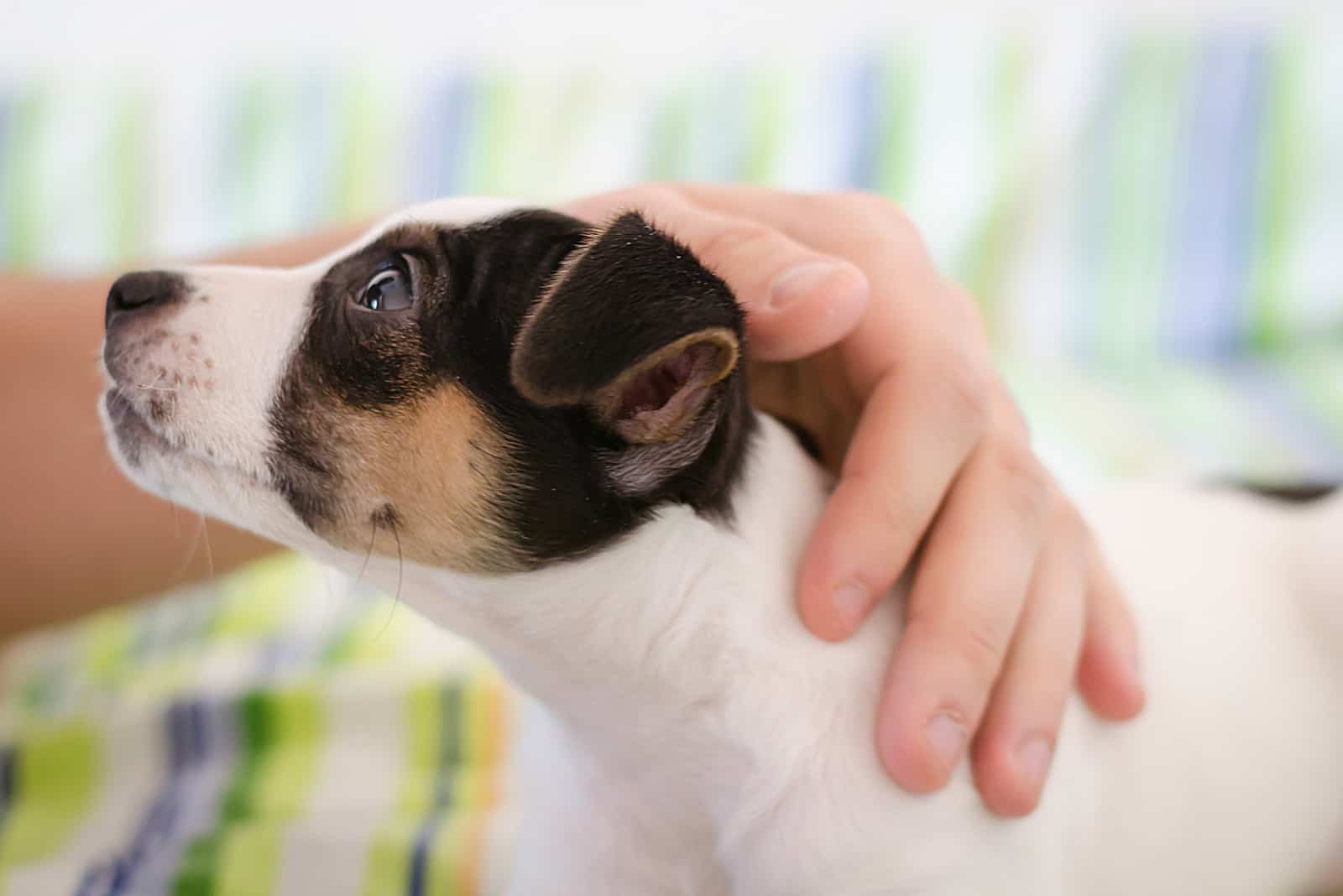
If your female pup goes through one successful heat cycle but then goes silent for over 18 months, she might be experiencing “secondary persistent anestrus.”
There are a bunch of reasons why this occurs, the most common one being that the female dog is either too young or too old to be getting into the groove.
Other causes of secondary persistent anestrus include:
- Urinary Tract Infections
- Obesity
- Malnutrition
- E. Coli infections
- Lack of exposure to other females in heat
- Kidney disease
- Hormone creams
What Is Split Heat?
Usually, a female dog gets her heat cycle twice a year, but sometimes they’re just too excited to wait! Maybe they’re feeling extra hormonal, under the weather, or just plain stressed out.
Whatever the cause may be, a split heat is when a female dog goes through not one, but two heat cycles in a brief span of time.
During a split heat, your dog might show all the usual signs of a regular heat cycle, like flirting with every male dog in sight and shedding a little extra fur.
Is There A False Heat In Dogs?

Yes, there is, and it is most commonly called false pregnancy.
During a false heat, your furry friend may act like she’s ready to mate, complete with swollen nipples, milk production, and even nesting behavior.
But in reality, she’s not actually in heat.
This tricky condition is caused by hormones (progesterone and prolactin) going haywire and causing the dog’s body to act like it’s pregnant when it’s not.
And if that wasn’t enough, false heat can also be triggered by petting the dog’s belly!
Ovarian Remnant Syndrome
It turns out that even after spaying, some female dogs may still experience a case of the not-so-hot heat known as Ovarian Remnant Syndrome (ORS).
This occurs when a small piece of ovarian tissue gets left behind during the spay surgery, causing the dog to continue producing hormones that make her think she’s still got her reproductive organs intact.
As a result, she may show signs of being in heat.
Autoimmune Oophoritis
Canine autoimmune oophoritis is a condition where a female dog’s immune system mistakenly attacks her ovaries, causing inflammation and hormonal imbalances.
This can lead to the silent heat that we have previously talked about.
Understanding How Dog’s Heat Cycle Works
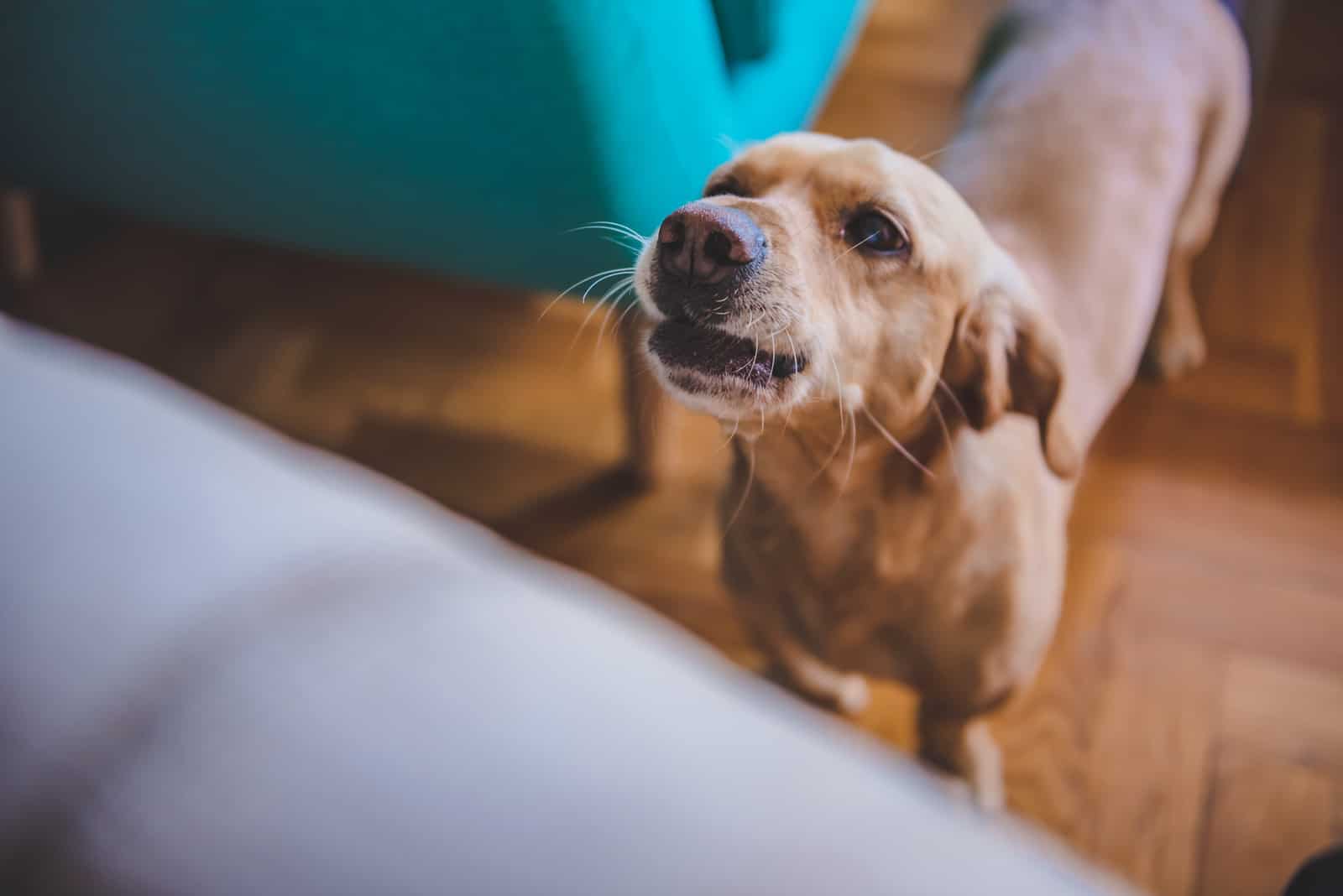
A female dog’s heat cycle is like a wild roller coaster ride for her reproductive hormones!
It is a natural process that happens about twice a year and can last up to three weeks, depending on each individual dog.
Without knowing the basics of this physiological process, it’s hard to identify any disorders or potential issues.
1. Proestrus
The heat cycle starts with the proestrus phase, which lasts about a week, but can also last up to 27 days. It involves the female dog’s body preparing for a potential pregnancy.
Your pup might experience some mood swings such as roaming, pacing, and restlessness, especially at night.
2. Estrus
Next up we have the estrus phase, which can last anywhere from four to 24 days, and is the peak of this hormonal rollercoaster ride! This is when the female dog is fertile and ready to mate.
During this phase, you can notice your female dog being at the center of attention, attracting many male dogs that show signs that they want to mate.
3. Diestrus
Finally, your female pup is not in the mood anymore. After mating, the female dog’s body will prepare for pregnancy. But, if mating did not occur, her body will be returning to its usual state.
This phase lasts for two whole months and her estrogen levels stay low. On the other hand, it takes around three to four weeks for her progesterone levels to reach their highest point after the beginning of diestrus.
4. Anestrus
This phase is where your dog’s body takes a break from the previous cycle. It is a much-needed four-month-long pause before the next proestrus starts.
Can A Dog In Heat Have White Discharge?
Yes, it’s possible for a female dog in heat to have a white or clear discharge in addition to or instead of a bloody discharge. Each heat cycle stage may produce different types of discharge.
[table id=752 /]
It’s important to note that the amount, color, and consistency of discharge can vary among individual dogs and heat cycles.
Blood In Urine Vs. Bloody Discharge: What’s The Difference?
When it comes to your female dog’s reproductive health, it’s important to know the difference between blood in urine and bloody discharge.
While bloody discharge is a normal part of a heat cycle, blood in the urine can signal a potential infection or other health issues such as bladder stones or kidney problems.
Therefore, make sure to check on your dog’s urine color and seek veterinary care if you notice either of these symptoms.
Do Female Dogs Suffer When In Heat?
Don’t be fooled by the blood – female dogs are not in pain during heat. But that doesn’t mean they’re not feeling a little awkward.
When it’s time for a female dog’s heat cycle, things can get pretty ruff. They may feel cramps and go through a lot of changes, like restlessness and weird eating habits.
It’s important to keep an eye on them during this time because they can also be at risk for infections and unplanned pregnancies if they come into contact with male dogs.
Final Thoughts
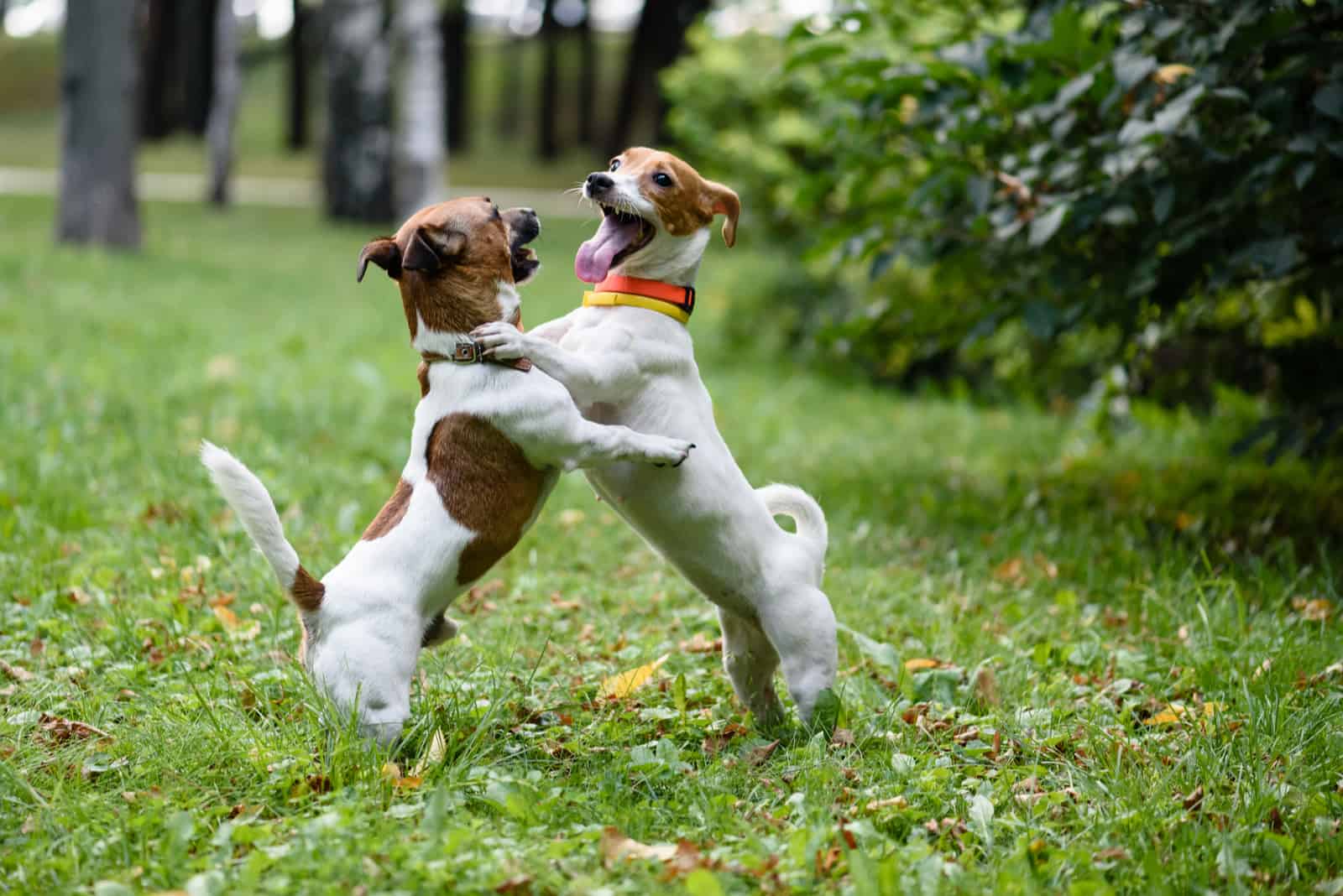
Well, there you have it!
Now you know that if your dog is in heat but isn’t bleeding does not mean that she is not fertile or receptive!
Remember to keep an eye out for the signs of heat and take extra precautions to keep your pup safe during this time.
And as always, if you have any concerns or questions, don’t hesitate to reach out to your veterinarian for guidance.
